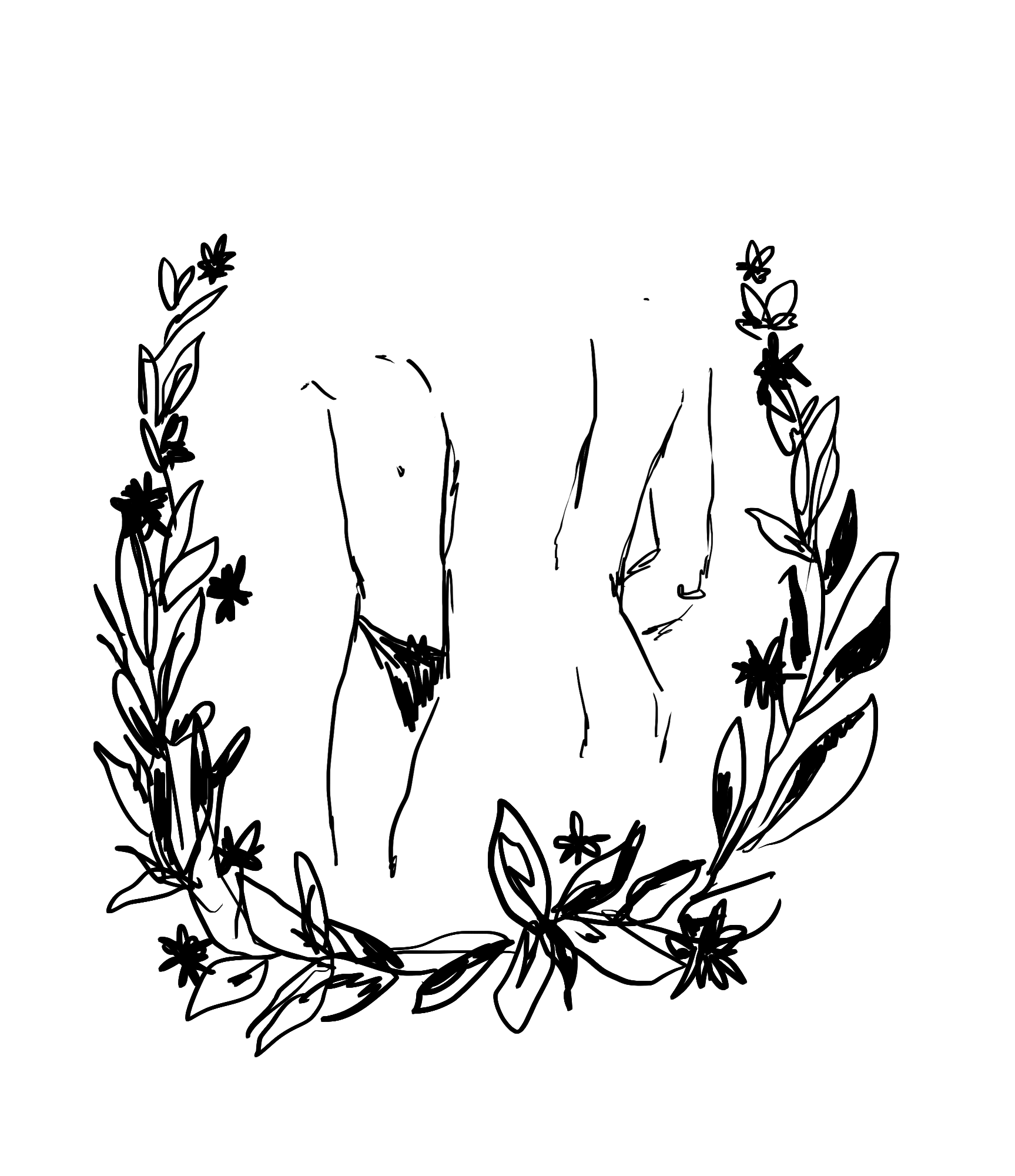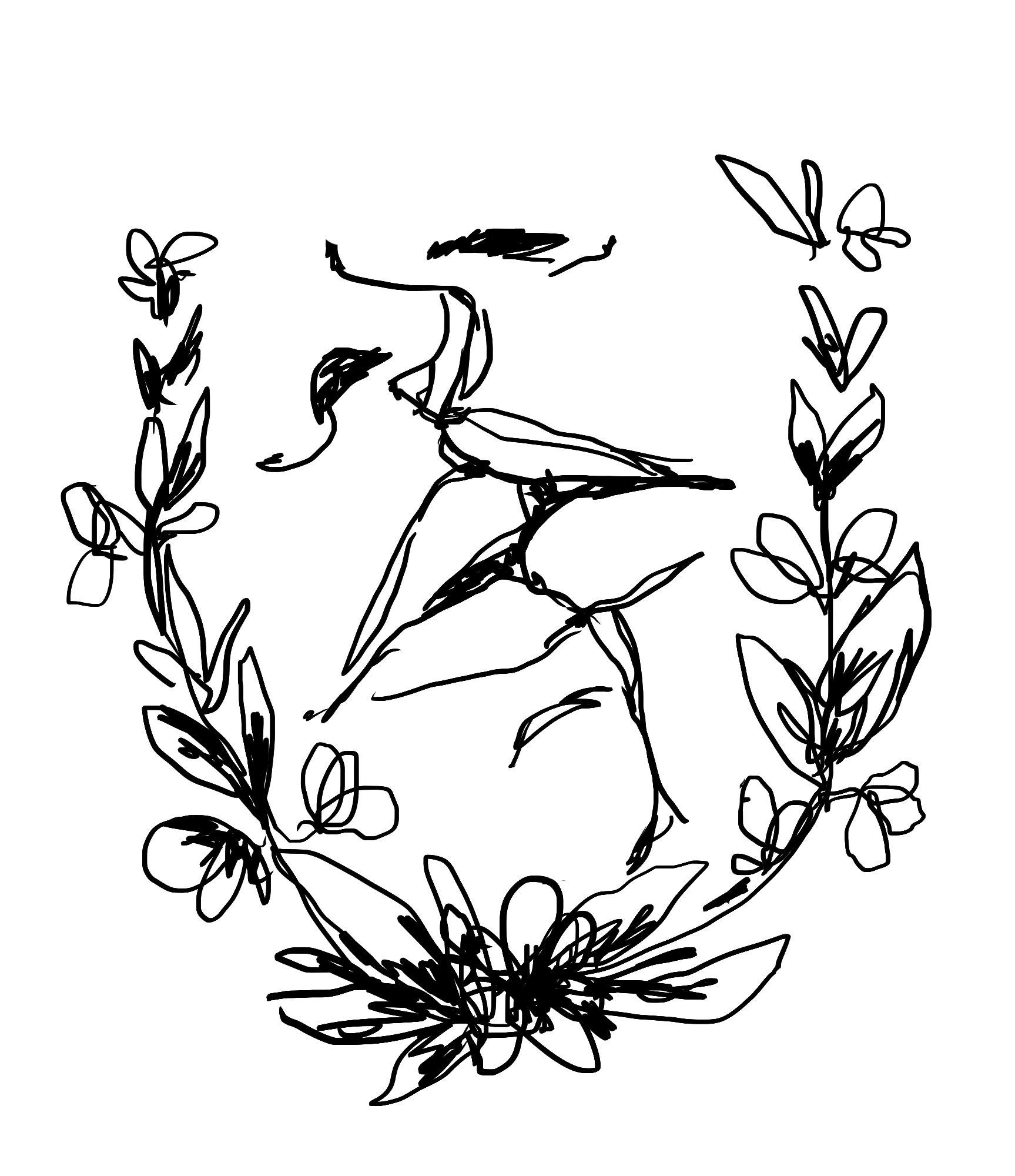HIV/AIDS and homophobia: A vicious cycle since the 1980s
Tomorrow, 18 May 2020, marks the 23rd National HIV Vaccine Awareness Day. Human Immunodeficiency Virus is an infection that attacks CD4 white blood cells and weakens the immune system. In doing so, HIV leaves sufferers more susceptible to diseases such as tuberculosis, pneumonia and certain cancers. At the end of 2018, there were an estimated 37.9 million people living with the infection. Whilst there are successful antiretroviral treatments available, a working vaccine is yet to be developed. HIV Vaccine Awareness Day is an occasion to acknowledge the efforts of all of those working toward both preventative and therapeutic vaccines for HIV. But it is also a reminder of the history of oppression and continuing discrimination faced by some of those hit worst by the HIV pandemic, which ultimately acts as a blockade to the eradication of HIV/AIDS.
Scientists believe that HIV originated from a similar virus found amongst chimpanzees, and first crossed over to humans in the 1920s in West Central Africa. But in the 1970s, a man named Gaetun Dugas became known as ‘Patient Zero’, in a series of propaganda that incorrectly named him as the man responsible for bringing HIV to the US. The popularisation of the phrase ‘Patient Zero’ was the start of a homophobic blame game that held gay men accountable for the spread of HIV across America and Europe. Though the Sexual Offences Act 1967 had partially decriminalised homosexuality in England and Wales, homophobia was still rife. And the impending outbreak of HIV would only serve to facilitate discrimination against the LGBTQ community.
By the 1980s, the medical community still lacked an understanding of HIV and its subsequent progression into Acquired Immunodeficiency Syndrome (AIDS). What was easy to observe, however, was how it disproportionately affected gay men. This was quickly exaggerated by the media. San Francisco’s LGBT newspaper, The Bay Area Reporter, published its first mention of “gay men’s pneumonia” in July 1980. It was the first of a series of terms used in the media to wrongly attribute HIV to homosexuality; others included “gay cancer”, “the gay plague” and even “gay related immune deficiency”. Though these terms were denounced in favour of HIV diagnoses, the prejudice toward both the disease and gay men remained. With the media heralding the idea that same-sex activity would inevitably result in contracting the feared HIV, homophobia became even more deeply rooted on an international scale.
The first Pride march took place in 1972, an indicator of the momentum that the LGBTQ rights movement was beginning to gather. Later that decade, the HIV/AIDS crisis began to emerge, presenting an opportunity for conservative authorities to further discrimination against the LGBTQ community. The pandemic would go on to severely hinder progression toward LGBTQ equality throughout the remainder of the 80s and 90s. In the UK, the government’s reluctance to acknowledge what was developing into a severe epidemic reflected a strongly homophobic agenda. Margaret Thatcher firmly opposed any explicit references to homosexuality in the media, supposedly out of fear of the influence this may have on young people. Under Section 28 of the Local Government Act 1988, she banned local authorities from “promoting homosexuality”. This stopped discussion of LGBTQ rights and issues in schools, preventing students from getting the support that they needed, but allowed the press to continue to blame HIV on gay men. At the pinnacle of the AIDS crisis, Manchester’s police chief blamed the gay community for its rapid spread accusing them of “swirling in a human cesspit of their own making”. His comment highlights the prevalence of homophobic hate crime hidden in every aspect of authority.
It is likely that such inherent anti-LGBTQ bias exacerbated the spread of HIV. The World Health Organisation (WHO) has stated that “increased HIV vulnerability is often associated with legal and social factors, which increases exposure to risk situations and creates barriers to accessing effective, quality and affordable HIV prevention, testing and treatment services.” And so, HIV and homophobia fell into a vicious cycle. Sexual liberation and homophobia drove the LGBTQ community to congregate in large cities, such as New York and London. This increased their susceptibility to HIV/AIDS, as cases were higher in these cosmopolitan centres. Rather than publishing information on how HIV was spread and could be avoided, the press took advantage of the rapid spread of HIV/AIDS amongst gay men. Homosexual promiscuity was blamed for an escalating global health crisis. This instilled homophobia into the general public, as being gay quickly became associated with contagion. Through this, gay men felt unsafe and unable to access health services. This prevented them from accessing essential testing and treatment. Essentially, stigma supported the spread of the dangerous infection and allowed it to target the LGBTQ community, which wrongly facilitated greater discrimination against them due to health fears.
Although gay men bore the brunt of this HIV-focused fearmongering in the 1980s, today it continues to act as a blockade to treatment for many vulnerable groups. It remains that 73 countries across the globe continue to criminalise the LGBTQ community, which is a direct hindrance to their access to HIV testing and treatment services. The result is that up to half of these may be unaware of their HIV-positive status, which results in the unknowing spread of the illness. In many countries, it is a criminal offence not to disclose your known HIV-positive status to sexual partners, but discrimination against at-risk groups is preventing access to testing. In 2017, 70 per cent of new HIV cases in the US were amongst men that identified as gay or bisexual.[11] And the LGBTQ community is not alone in this discrimination-enabled susceptibility.
The WHO recognises five key populations for whom HIV poses a significant risk. These include men who have sex with men, people who inject drugs, prisoners, sex workers and transgender people. In 2018, people from within these groups (and their sexual partners) accounted for more than half of new HIV infections globally. Criminalisation, discrimination and social homophobia continue to act as a barrier to treatment for most of these groups. Take the example of Portugal, where decriminalisation of drugs in 2001 increased access to rehabilitation for many drug users, also enabling wider HIV testing. The number of new cases of HIV amongst those who inject drugs fell from 1016 per year to just 56 over the decade that followed. A similar trend can be found for other high-risk groups. 2013 marked a substantial milestone in the UK’s history of LGBTQ rights when the Marriage (Same-Sex Couples) Act was passed. Before this, the prevalence of HIV amongst men who have sex with men was one in 20. Since then, the number of HIV infections amongst gay and bisexual men has fallen by 71 per cent. Scientists attribute this decline to a rise in the use of pre-exposure prophylaxis (PREP), which utilises anti-HIV drugs to prevent infection amongst WHO’s key populations. But this is also indicative of changing attitudes, declines in discrimination and increasing access to healthcare services, all of which propagate the progress of LGBTQ rights.
As the understanding of HIV/AIDS has increased, so has availability of (and access to) treatment. In the UK up to 87 per cent of those diagnosed with HIV are currently receiving treatment and considered to be virally suppressed. Though PREP medication is considered effective if taken consistently, its success is only a margin of that which we could expect from a vaccine. This type of medication must be taken daily, thus requiring regular access to healthcare. A vaccine would be advantageous to people amongst our society who are still experiencing the long-standing effects of prior discrimination. It would also allow more widespread treatment of HIV in regions where economic factors hinder access to testing and treatment. Today, up to 97 per cent of cases exist in low and middle-income countries, and the HIV-positive population still face the same stigma that the gay community suffered nearly 40 years ago.
The scale of the HIV crisis is undoubtable; having already claimed 32 million lives. It is the biggest endemic the world has faced since the Spanish Flu. The impact it has had on the history of the LGBTQ population and their right to equality is incomprehensible. But a lot has changed since the 1980s and the future is bright. At present, there are two known cases where patients have been cured of HIV through stem cell treatment. Tomorrow is a day to remember the influence of HIV/AIDS on human history, but also to thank those contributing to a positive future and a vaccine that could end HIV stigma and suffering alike.
Related content
To celebrate Pride month: a list of books to read, movies to watch, and a few other things to listen to, which explores queer stories in beautiful and unique ways…
A guide to gender definitions and ways to be a non-binary ally.
Photo series from Pride 2019 in Paris, France.
Fulfilling the Bechdel requirements does not make it an inherently feminist piece of fiction…










